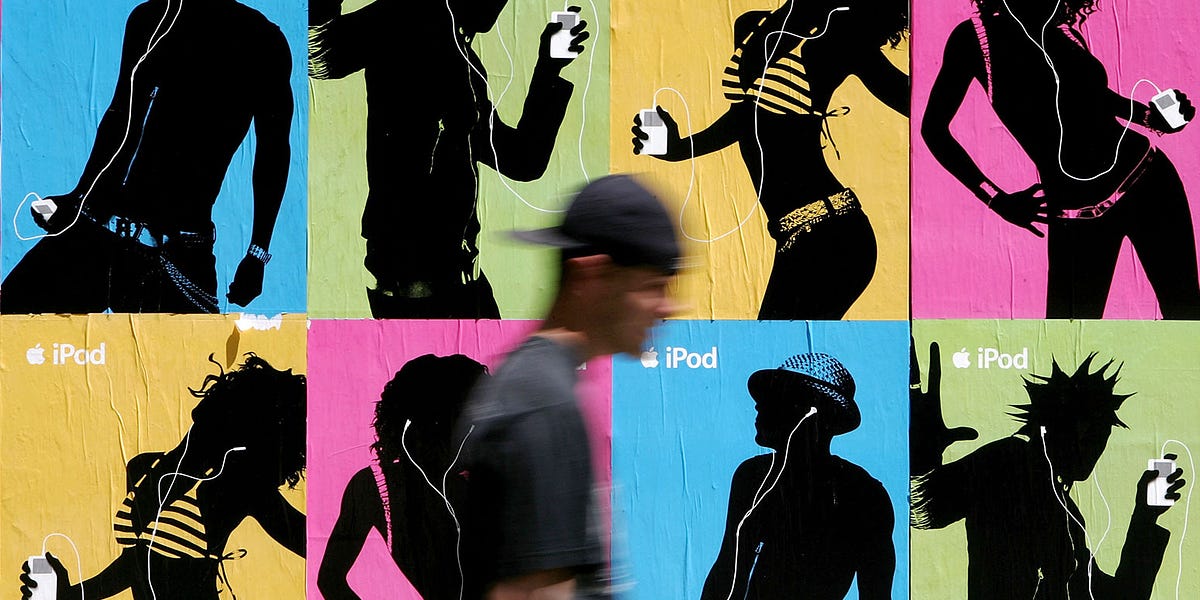Clicks & Clout: How We Seek Status In the Digital Age

🌈 Abstract
The article explores how the concept of status has evolved in the digital age, examining how technology has transformed the way we seek and display status. It delves into the key differences between status in the physical and digital worlds, such as the quantifiability, increased comparison, transient nature, and fragmentation of status markers online. The article also discusses the challenges of capturing "coolness" in technology products and how digital status may continue to evolve with the rise of AI.
🙋 Q&A
[01] Setting the Stage: Status Is All About Conventions
1. What are conventions, and how do they shape culture?
- Conventions are arbitrary practices that become imbued with meaning and determine conformity vs. non-conformity in a society.
- Conventions can counteract natural impulses and persist for generations, shaping cultural norms and associations.
- Examples include the association of certain colors with gender, the preference for blackened teeth in ancient China and Japan, and the preference for sugary Gefilte fish among Galician Jews.
2. How do conventions influence status-seeking behaviors?
- Conforming to conventions is important for belonging and achieving status within a social hierarchy.
- Dangerous behaviors, like wearing flammable petticoats, were sometimes maintained due to the strong desire to conform and achieve status.
[02] Status in a Digital World
1. How has the quantifiability of status changed in the digital world?
- Status can now be measured through online metrics like followers, likes, and retweets, rather than just physical signifiers like luxury products.
- This has driven entire industries, such as influencer marketing, that are built on status associations.
2. How has the ability to compare ourselves to others been supercharged online?
- The internet has brought offline comparison online, leading to constant comparison with peers and aspirational figures.
- This has negative mental health impacts, as seen in the rise of depression and anxiety among younger generations.
3. How has the transient and fragmented nature of digital culture affected status?
- Cultural trends and status markers now come and go much more rapidly, with less staying power.
- Culture has become increasingly fragmented, with niche communities and "niche fame" replacing mass cultural phenomena.
4. How do new vs. old status markers play out in the digital world?
- Markers of early adoption, such as short social media handles or low user numbers, have become new status symbols.
- This mirrors the historical dynamic of old money looking down on new money and its more ostentatious displays of wealth.
[03] Status & Tech Products: The Elusiveness of "Cool"
1. Why is capturing the "cool factor" crucial for technology products?
- Products need to not only be functional but also evoke a sense of coolness and status to be successful.
- The Segway failed in part because it could not capture the cool factor, unlike Apple's iPod and iPhone.
- Capturing coolness is a challenge for products like the Meta Vision Pro, which have been mocked for their appearance.
[04] Digital Evolutions of Status: Where Do We Go From Here?
1. How might status markers evolve in the future, particularly with the rise of AI?
- Status markers can change dramatically over time, as seen with the shift from valuing overweight bodies to thin bodies.
- There may be a backlash against overt online status-seeking, and creating something without the use of generative AI could become a new status marker.
- Eschewing technology altogether may become a status symbol, as the choice to not participate in status games can itself be a statement of status.